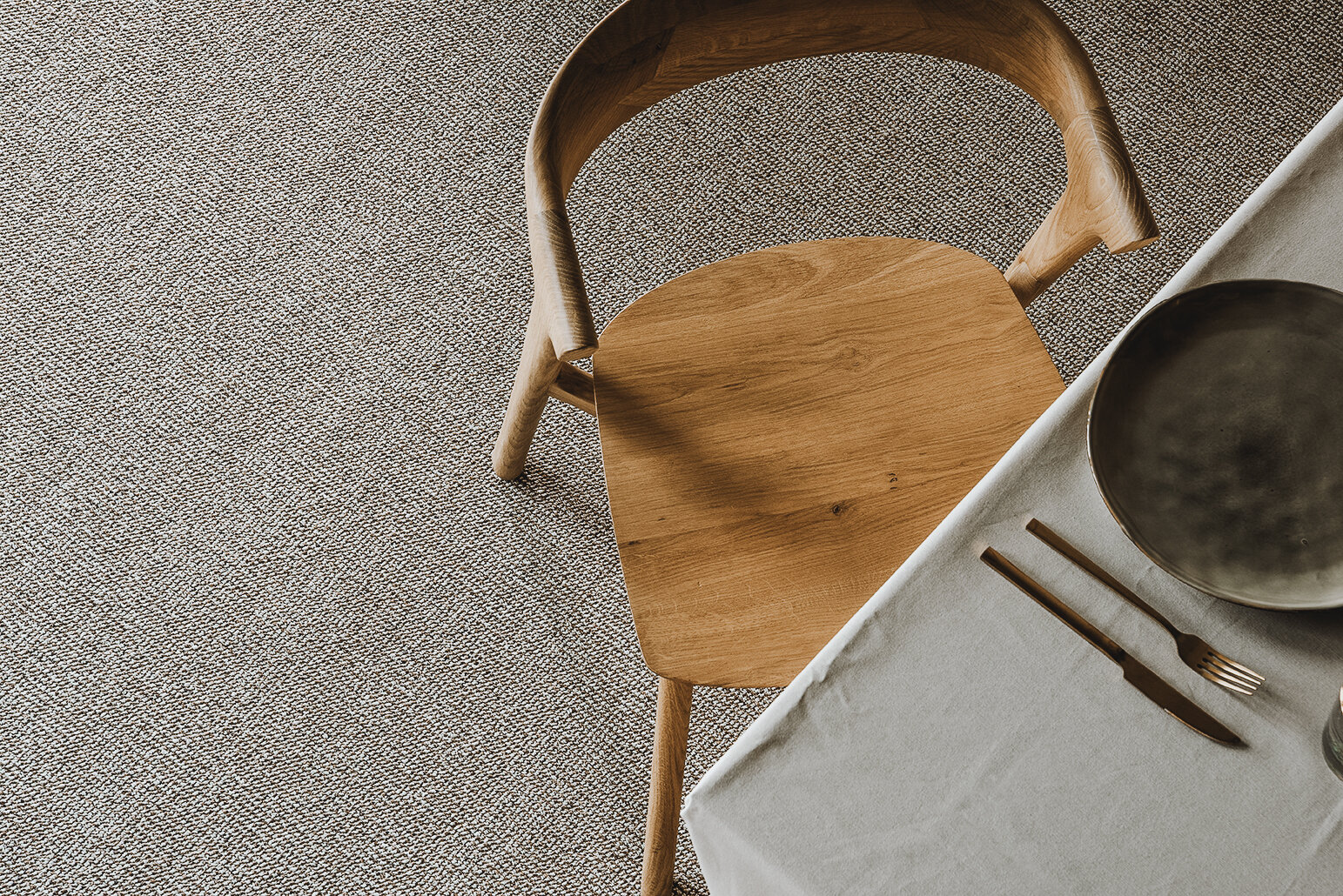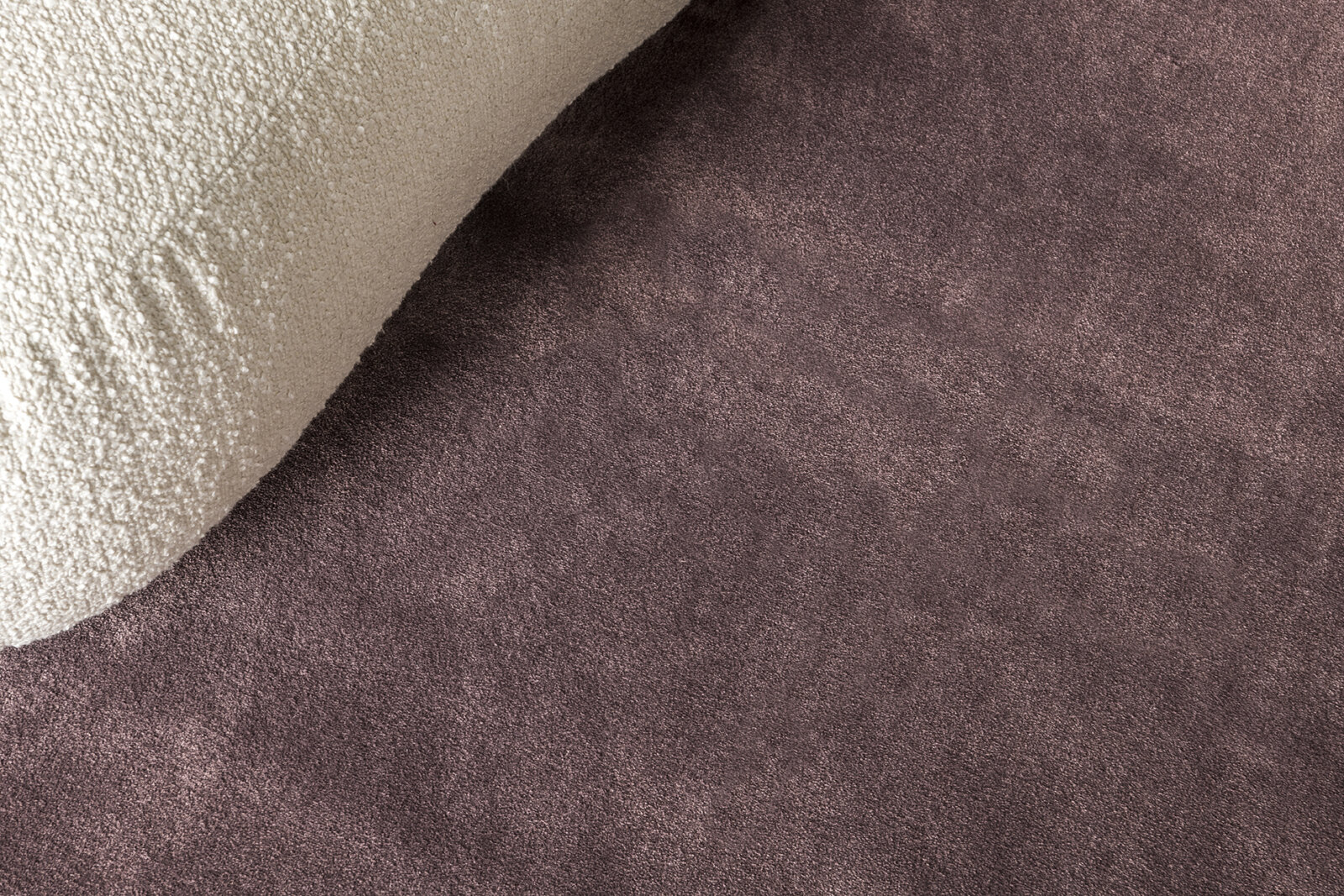Every carpet holds the power to transform a space. To uncover the intricacies of selecting the perfect carpet, we turn to Rudy Eggermont, Belysse’s seasoned Product Development Manager. In this interview, Rudy shares invaluable insights for flooring professionals to prioritize and deliver carpets that seamlessly integrate with any interior.
- Product
Crafting Excellence: An Expert's Guide to the Ideal Carpet

What defines the foundation of a good carpet?
The foundation of any great carpet lies in the materials it's made of, specifically the yarn type and the carpet backing.
As flooring professionals, you must understand the strengths of yarn types such as polyamide (nylon), polyester, polypropylene, and wool. Each type brings distinct characteristics that impact wear resistance and aesthetics. Consider factors like stain resistance, colorfastness, durability, softness and value for price. And let's not forget about sustainability. Opting for yarn made from recycled materials significantly reduces the environmental footprint of the product.
The carpet backing is equally significant. It provides support and dimensional stability, impacting user well-being and sustainability.

How can flooring professionals meet various customer preferences in texture and color?
My advice is to cater to a broad spectrum of customer tastes, from timeless colors to the latest interior design trends.
Next to colors, it’s also important to think about patterns and textures. From cut piles to loop piles and flatweaves, having a mix of pile constructions adds depth to your product offering.

What features should flooring professionals look for regarding durability and performance?
The longevity and wear resistance of a carpet hinges on various factors such as the materials used and the production processes involved. Look for high-quality materials that withstand daily use and check the carpet classification classes on technical datasheets.
There are two main classification systems: one for domestic use and another for commercial use, both based on usage intensity.
Domestic use class
For most living rooms and children’s rooms, Class 22 is suitable, while high-traffic areas like hallways and entrances may require Class 23. Reserve Class 21 for low-traffic spaces like bedrooms.

Commercial use class
In commercial settings, where spaces are typically used more intensively, a different classification system applies. Class 31 is ideal for areas with light traffic, such as hotel rooms and meeting rooms. Class 32 is suitable for frequently used spaces like offices, stores, and classrooms. For high-traffic areas like airports, hotel lobbies, and entrances, opt for Class 33.

How do carpets align with sustainability, and what should flooring professionals be aware of?
Sustainability and conscious consumption are on the rise, and as flooring professionals, we have a leading role to play. To align with eco-conscious consumers, look for certificates such as Cradle to Cradle Certified® or labels such as YMPACT, signifying carpets made with sustainable yarns.

How do carpets contribute to the well-being of end-users and how can flooring professionals emphasise these features?
Carpets play a crucial role in enhancing acoustic comfort, insulation, and walking comfort. When selecting carpets, consider the thickness and construction, along with backing or underlay options. Especially integrated backings with a thick felt layer play a crucial role in enhancing acoustics and walking comfort. These thicker felt backings also eliminate the need for a separate underlay, simplifying the installation process.

How can flooring professionals respond to customers with health concerns?
Addressing health concerns is paramount. Carpets with low Volatile Organic Compounds (VOCs) and devoid of pollutants provide customers with confidence in maintaining a healthy indoor environment. It is crucial to ascertain whether the supplier's carpets undergo testing and carry labels such as GUT, Green Label Plus, or A+ label for “émissions dans l'air interieur”, assuring customers of a healthy carpet.

Conclusion
The journey to crafting excellence in carpets is an intricate process. By prioritizing quality, diversity, sustainability and user well-being, professionals can elevate their offerings, creating spaces that meet the demands of the modern consumer.
More articles

Flow: Belysse's Immersive Experience at Flanders Flooring Days
- News

Belysse: Inspired by the Flow of the Lys
- News
